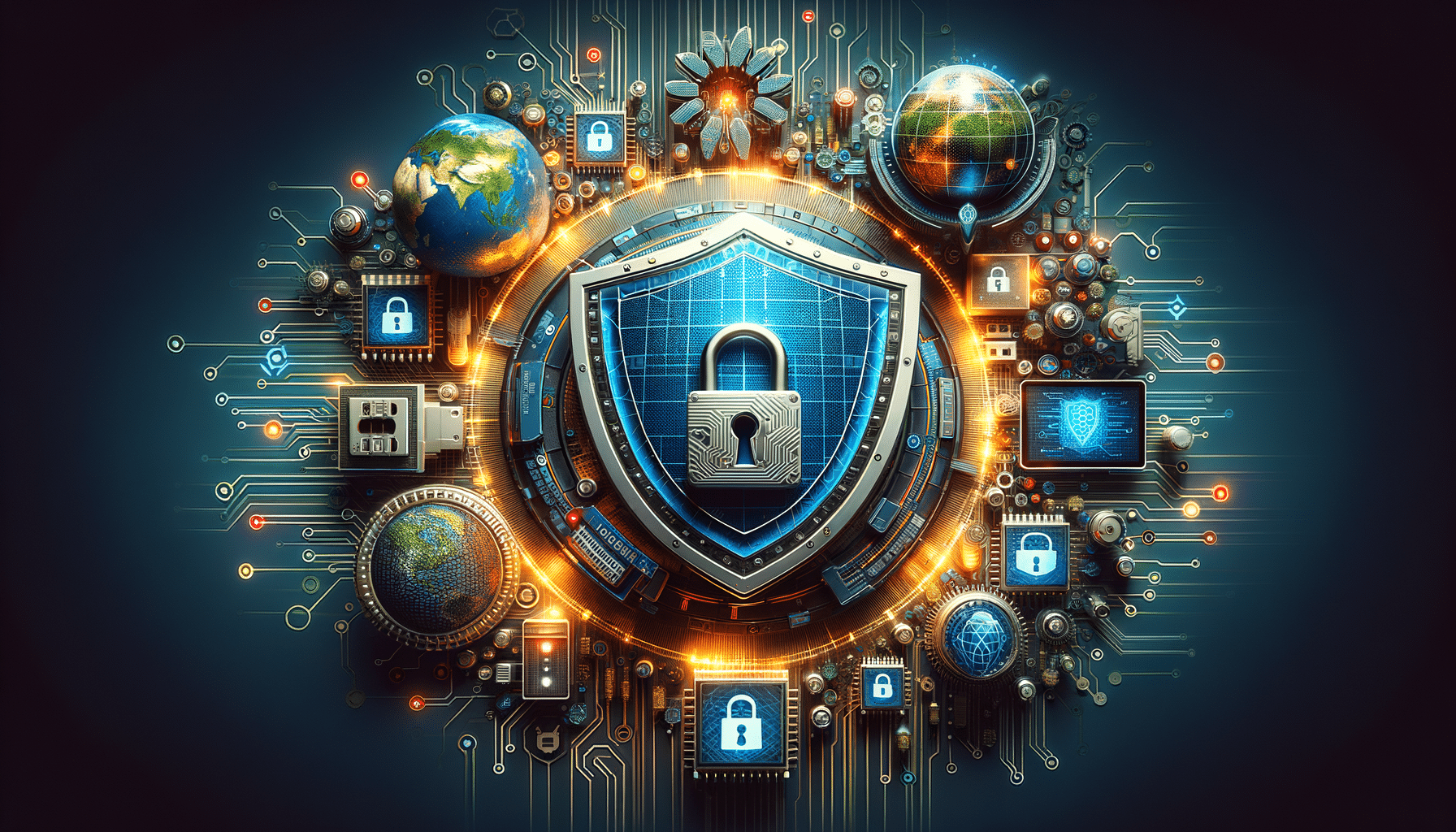
Understanding the Importance of Cybersecurity in Today’s Digital World
The Growing Need for Cybersecurity
In today’s digital age, the need for robust cybersecurity measures is more pressing than ever. As technology continues to evolve, so do the tactics of cybercriminals. Cyber threats such as hacking, malware, and phishing attacks are becoming increasingly sophisticated, posing significant risks to both individuals and organizations. The consequences of these threats can be devastating, leading to financial losses, data breaches, and compromised personal information. Therefore, understanding the importance of cybersecurity is crucial for safeguarding sensitive data and maintaining privacy in a digital world.
One of the primary reasons for the growing need for cybersecurity is the rapid increase in the number of connected devices. The Internet of Things (IoT) has revolutionized the way we live and work, but it has also expanded the attack surface for cybercriminals. With more devices connected to the internet, there are more opportunities for hackers to exploit vulnerabilities and gain unauthorized access to networks.
Moreover, the rise of remote work has further highlighted the importance of cybersecurity. As more employees work from home, organizations face new challenges in securing their networks and protecting sensitive information. Cybersecurity solutions are essential for preventing unauthorized access and ensuring that remote work environments remain secure.
Types of Cyber Threats
Understanding the different types of cyber threats is essential for developing effective cybersecurity strategies. Cyber threats can take many forms, each with its own unique characteristics and potential impact. Some of the most common types of cyber threats include:
- Malware: Malicious software designed to harm or exploit devices, networks, or services. This includes viruses, worms, Trojans, ransomware, and spyware.
- Phishing: A technique used by cybercriminals to trick individuals into revealing sensitive information, such as passwords or credit card numbers, by posing as a legitimate entity.
- Denial of Service (DoS) Attacks: Attempts to disrupt the normal functioning of a network or service by overwhelming it with a flood of traffic.
- Man-in-the-Middle Attacks: When an attacker intercepts communication between two parties to eavesdrop or alter the information being exchanged.
Each of these threats requires specific cybersecurity measures to mitigate the risks and protect against potential attacks. By understanding the nature of these threats, individuals and organizations can be better prepared to defend themselves in the digital landscape.
Implementing Effective Cybersecurity Measures
Implementing effective cybersecurity measures is essential for protecting against cyber threats and ensuring the security of sensitive information. There are several key strategies that individuals and organizations can adopt to enhance their cybersecurity posture:
- Regular Software Updates: Keeping software and systems up to date is crucial for addressing vulnerabilities and preventing exploitation by cybercriminals.
- Strong Password Policies: Implementing strong password policies, including the use of complex passwords and regular password changes, can help prevent unauthorized access.
- Firewalls and Antivirus Software: Installing firewalls and antivirus software can provide an additional layer of protection against malware and other cyber threats.
- Employee Training: Educating employees about cybersecurity best practices and potential threats can help prevent human errors that could lead to security breaches.
These measures, when implemented effectively, can significantly reduce the risk of cyber attacks and help protect sensitive data from unauthorized access.
The Role of Cybersecurity in Business
Cybersecurity plays a critical role in the business world, where the stakes are often higher due to the potential impact of cyber attacks on operations and reputation. Businesses of all sizes must prioritize cybersecurity to protect their assets and maintain customer trust.
For businesses, a cyber attack can result in significant financial losses, legal liabilities, and damage to brand reputation. The cost of a data breach can be substantial, with expenses related to remediation, legal fees, and potential fines for non-compliance with data protection regulations.
Moreover, businesses that fail to implement adequate cybersecurity measures risk losing the trust of their customers. In an era where data privacy is a top concern for consumers, businesses must demonstrate their commitment to protecting customer information. This can be achieved through transparent data handling practices and robust cybersecurity protocols.
By investing in cybersecurity, businesses can safeguard their operations, protect customer data, and maintain a competitive edge in the market.
Future Trends in Cybersecurity
The cybersecurity landscape is constantly evolving, with new threats and technologies emerging regularly. Staying ahead of these trends is essential for maintaining effective cybersecurity measures and protecting against future risks.
One of the key trends in cybersecurity is the increasing use of artificial intelligence (AI) and machine learning. These technologies have the potential to enhance threat detection and response by analyzing vast amounts of data and identifying patterns that may indicate a cyber attack.
Another trend is the growing importance of cloud security. As more businesses move their operations to the cloud, ensuring the security of cloud-based systems and data becomes paramount. This requires specialized security measures and protocols to protect against potential vulnerabilities.
Finally, the rise of quantum computing presents both opportunities and challenges for cybersecurity. While quantum computing has the potential to revolutionize data processing, it also poses new risks to encryption methods that are currently used to secure sensitive information.
By staying informed about these trends and adapting their cybersecurity strategies accordingly, individuals and organizations can better protect themselves against emerging threats in the digital world.


